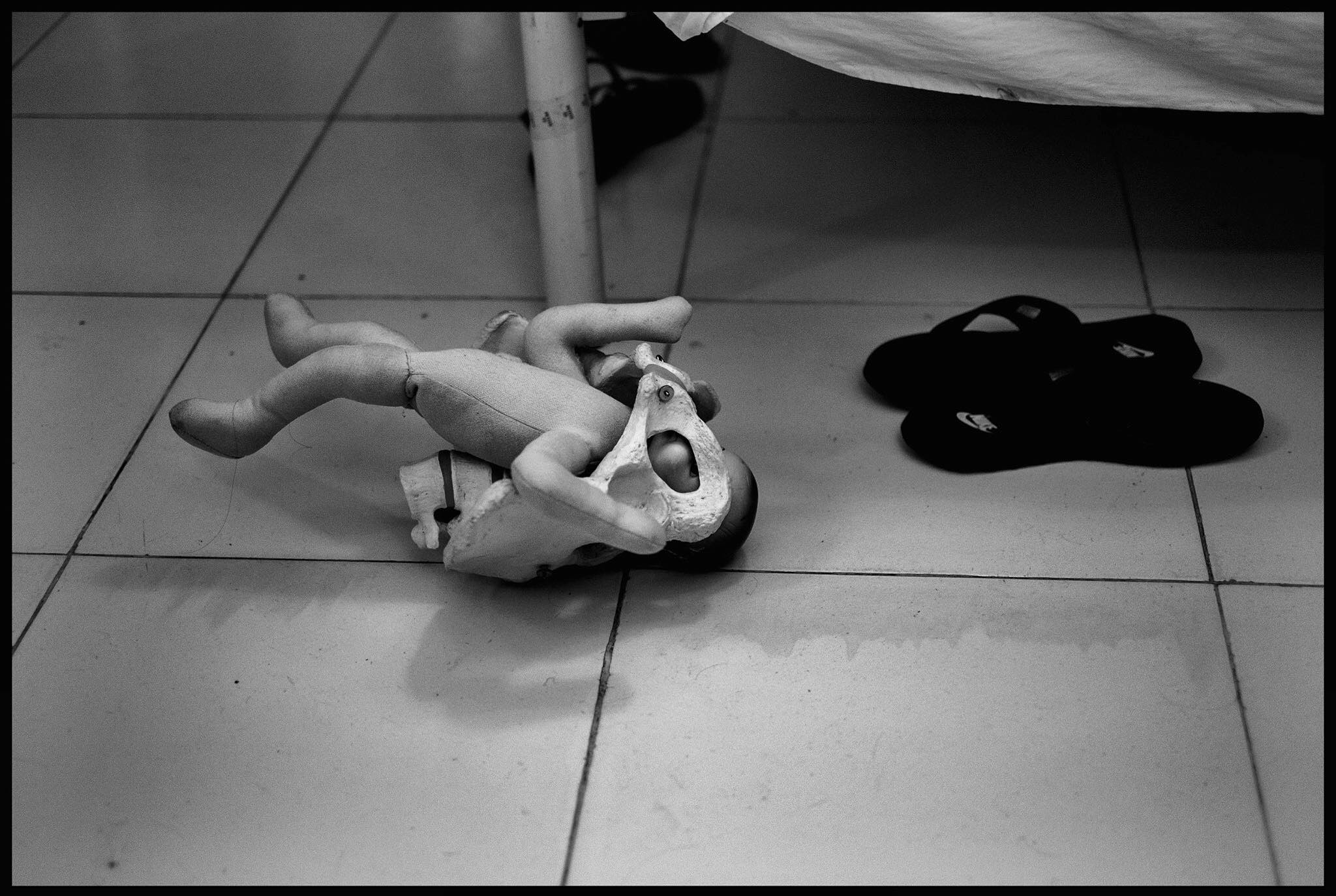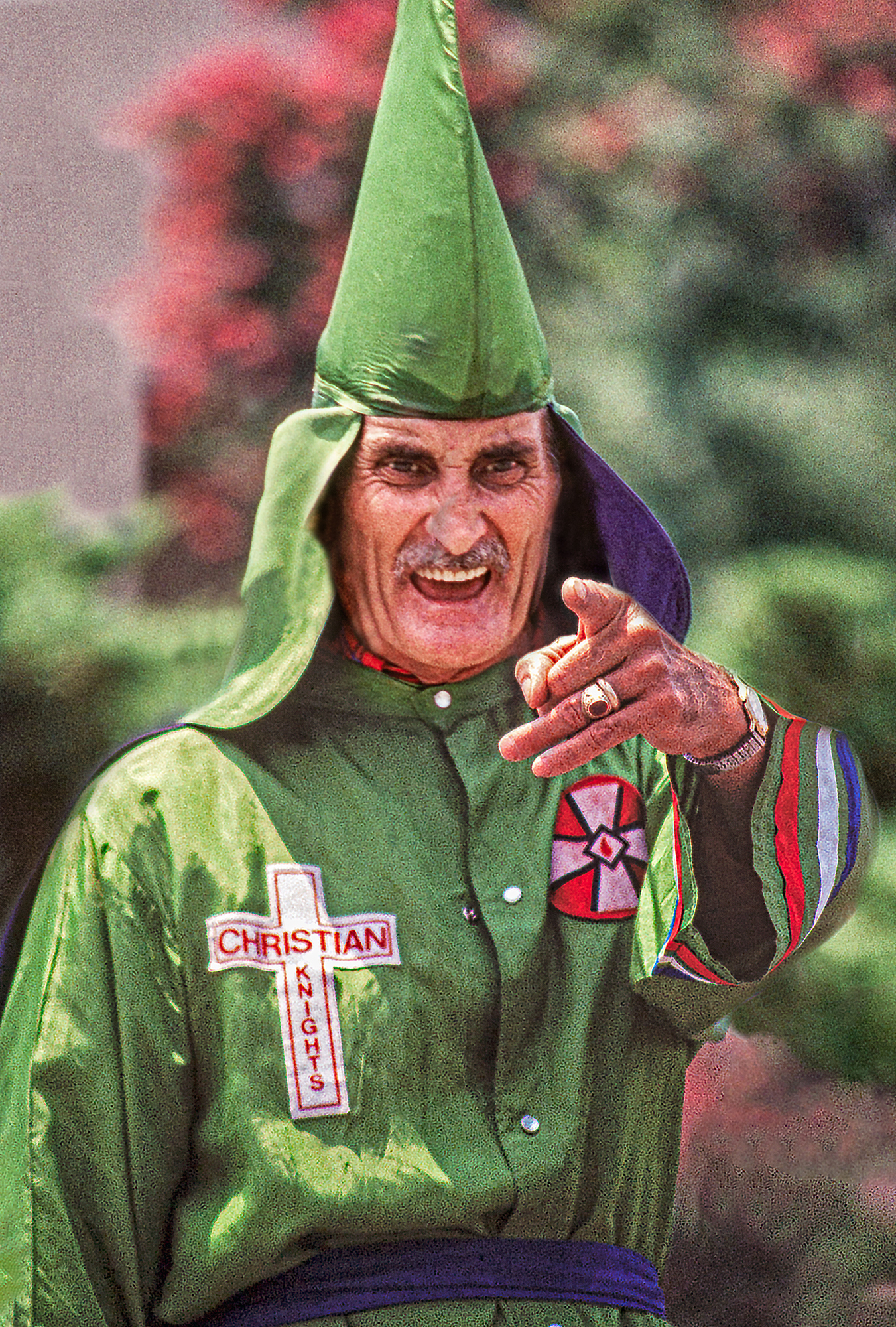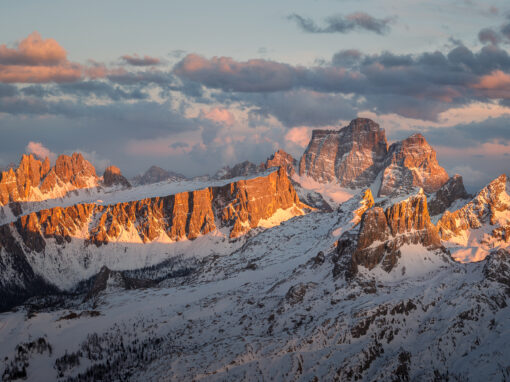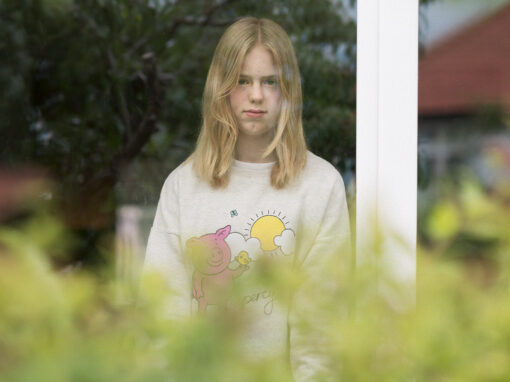Some years ago, in an interesting article on the strange life of Tsutomu Yamaguchi[1], who was either the world’s luckiest or unluckiest man depending on your point of view, the late polemicist and writer Christopher Hitchens noted that, “Of all the great cosmic questions, WTF still strikes me as one of the most pressing, relevant, and ultimately humane.” Hitchens was clearly right in this instance. Yamaguchi was the only person to survive both the Hiroshima and Nagasaki atomic bombs. That’s right – WTF? He survived both bombs. He was a resident of Nagasaki but was visiting Hiroshima on a business trip. I can barely imagine what went through his mind after dodging the Hiroshima bomb with “only” some very nasty burns. It probably should not have been, “At least things will be peaceful when I get home.”
I got to thinking about the occurrence of “WTF?” moments in photography during an expedition to a local used bookshop. I came across a book by a well-known, now deceased, photographer. Whilst browsing through the book, I saw that it contained an image so problematic that the only possible response was “WTF am I looking at?” This response was generated not only by the image itself but also by the fact that a modern publisher had decided that it was okay to print.
If you are trying to guess who took the image and what it showed, I will say that the artist was not one of the individuals who I would consider an obvious candidate for producing this sort of content. In addition, I will neither show nor describe the image. It would add nothing further to the article beyond being a prurient distraction and nor do I wish to take the trouble to look for a digital copy. I only mention the incident because it provided the seed of inspiration for this article.
What I want to consider for this article are the types of images that cause this particular response as I believe that a wholehearted exclamation of “WTF?” can be provoked by a range of sources from weirdness, humour, shock value, to the representation of something that makes every reasonable viewer feel very uncomfortable indeed. I must stress these reactions are personal and subjective. An image which I regard as causing a “WTF?” response may not provoke the same reaction in you. It may be that none of the images in this article encourage this response in you. That is okay. What I want to illustrate here is just that photographs can cause this sort of response.
Our featured image shows a daguerreotype that I purchased recently at a local antique market. As well as being a fascinating object from photography’s history, I find it beautiful. However, a creeping sense of “WTF?” comes from closer inspection of the child. The woman, who I presume to be her mother, is gripping her tightly suggesting that the girl might be a bit of a squirmer. Yet, except for a little blur in her left hand, perhaps caused by gravity, she is completely static. Exposure times in this process were long compared to modern photography which created challenges for the photographer and even the most mature of sitter, so you would expect more movement from a child. A close inspection of her eyes and expression reveals, to my eye, that everything looks a little unnatural. This leads me to the conclusion that this is a mother’s memento mori of her recently deceased child.
Images of this type are fascinating because it was a popular practice during the Victorian era and might have been the only time in their (after) life that the subject was photographed. It was particularly prevalent during the American Civil War. That conflict’s appalling butcher’s bill would have created a vigorous trade for the photographers concerned.
The photograph would not have been shocking at its creation. There would not have been the “WTF?” response that I had when I first set eyes on one of these pictures. Death, for those in the most developed countries, has become euphemised and sanitised. Confrontation of our own mortality and of those we love is neither constant nor pleasant to us. For the Victorians, and everyone who preceded them, it was commonplace.
Our example is quite gentle on the viewer. When I purchased it, none of the staff were aware of its content. To them, it was just an old picture of a mother and child. In this instance, it is not surprising. Yet, many memento mori are not as mild on the eye. If you browse the subject, you can find instances where the corpse is less than fresh. One can only wonder how the photographer coped with more overripe and fragrant decedents.

B.D. Colen has long been a regular contributor to the FRAMES community. Now enjoying life as a resident of London, Ontario, he is a Pulitzer Prize winning journalist and former editor with both The Washington Post and Newsday. In addition, he taught photography at MIT for seventeen years. His photography has featured in a wide range of publications and thirty of his photographs are included in the Boston Public Library permanent collection.
Colen’s Untitled, 2015 is wonderful example of a “WTF?” due to a genuine example of weirdness. At first glance, it appears to show a child’s doll with its head in some sort of mask. My own immediate thought was that the eponymous villain from the Arnold Schwarzenegger action classic Predator was devouring the doll. However, this is not a mask. It is a human pelvis!
The more I look at the image, the more its “WTF?” nature strikes me. I cannot fathom what is going on here and why a doll is entrapped in a seemingly discarded part of a human body. Of all the images this article examines, I believe that this one epitomises its purpose best of all.

Now semi-retired, Tina Manley has enjoyed an impressive forty-year career as a documentary photographer. Her work has featured in a diverse range of publications including National Geographic, British Heritage, The Boston Globe, and Newsweek. Her work also featured in the 21st century update of The Family of Man. For me, her wonderful body of work follows photography’s great humanistic traditions. Time browsing her portfolio is well spent.
Manley’s The Grand Dragon: The Face of Hate is a powerful, shocking, and confrontational photograph. She made the image whilst covering a KKK rally in Rock Hill, South Carolina. Manley reports that this individual turned and pointed at her whilst unleashing his diatribe. She remembers that it was a confronting and scary experience.
Here, my “WTF?” moment comes from the recognition that people such as this man are not simply caricatures or relics from the past. I believe that one good way of dealing with such individuals whose actions and opinions are vile is mockery. This is well illustrated by Mel Brookes’ magnificent ridiculing of the Nazis. So, when I saw this absurd man with his ridiculous costume and puffed-up, moronic title of “Grand Dragon”, my thoughts turned, probably inappropriately, to the memes inspired by the moment in Harry Potter and the Sorcerer’s Stone where Rubeus Hagrid turns to young Potter and says, “You’re a wizard Harry!” Perhaps in this case, Hagrid would have said, “You’re a bigot Larry!”

The last image, Mostly?, is one of my own. It was a photograph that I took during the completion of my master’s project at the end of 2020. I resisted taking a picture of this shop for many months as I was concerned about potential responses from both the owners and any clientele in the area. However, when a cannabis store opened next door, I could no longer resist.
On one level, I thought that the juxtaposition of something as contemporary as a cannabis retailer alongside a shop so dated that looks like it belongs in the 1980s was amusing. Looking at the place, I found myself wondering if ‘someone’ has never heard of the internet. However, this is not what causes the “WTF?” reaction whenever I look at the photograph. It is the name of the shop – “Mostly Adult”. If it is “mostly” adult, what is the rest of it? Seriously.
I make no claims that this article has revealed anything profound about the nature of photography. Yet, how we react to pictures is something I continue to find intensely interesting. It is a great hope that photography will always have the power to shock and surprise, and whilst we photographers, as documenters of the world around us, continue to react and record, I am confident that we will still see plenty of images that make us exclaim “WTF?”.
[1] The article can be read here.
B.D. COLEN
TINA MANLEY





Desiree+Day
February 13, 2022 at 18:41
Great article! 👍 Thanks Rob!
Robert+Wilson
February 27, 2022 at 14:24
Thank you!
Frank Styburski
February 13, 2022 at 18:57
It’s food for thought as we ponder the nature of photography in an age where we have to process more images, in more places, and in a shorter amount of time.
We are going to see more and more of these type of images because the competition to get noticed is greater. We seem to be making more images in the digital age, and perhaps we are running out of good ideas. The most effective way to get a moment of attention is to present images that are provocative, or bizarre, -and hopefully make an impression that gets remembered. In a saturated environment, it has to be harder for quality work to get recognition.
And this isn’t to say that every “WTF” image is superficial, or a self-serving exercise in self promotion. The examples that you cite do not belong in this category. Others to consider are the photographs of Diane Arbus and Robert Mapplethorpe. It’s easy see the work of both as sensational. And many do. The risk is that if this is our first and only encounter, it is easy to process the provocative visual hooks, and decide that we’ve seen all there is to see. We dismiss it as meritless. Making quick judgements and having short attention spans are a couple of quirks acquired in modern times. Nonetheless, “WTF” aspects can, and do, sometimes coexist with profound statements in the same image.
Thanks for bringing up the issue, Rob.
I’ll keep your insights in mind as I look at pictures.
Robert+Wilson
February 27, 2022 at 14:25
My pleasure Frank.
Thank you for your thoughts!